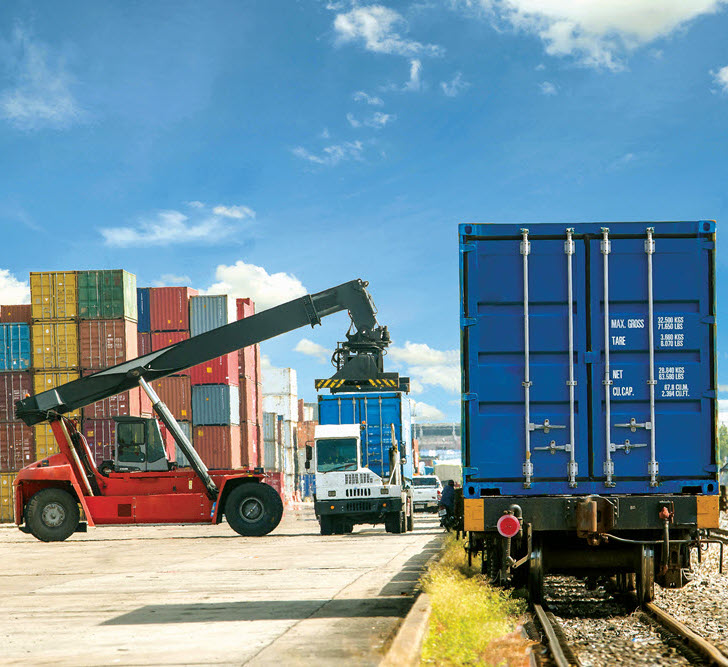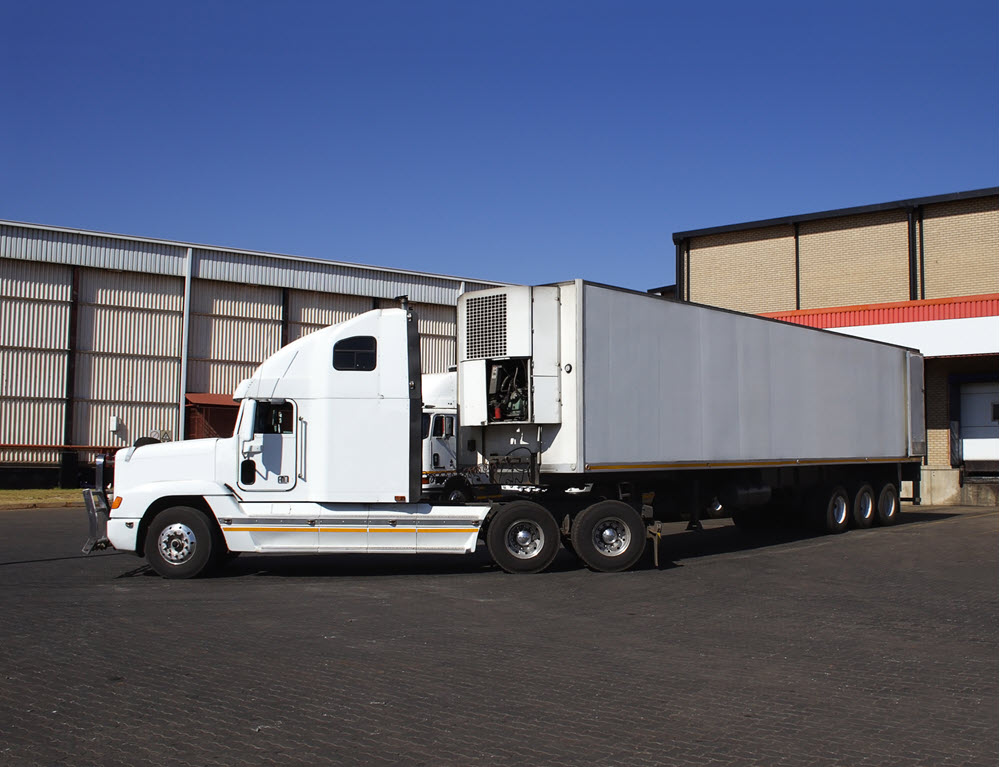Transloading refers to the process of transferring cargo from one mode of transportation to another, such as moving containers from rail to truck or from ship to rail. This service is essential when goods need to travel across various transportation modes or reach destinations not directly accessible by a single carrier.
Transloading facilities provide space for unloading, storage, and reloading, allowing for consolidation or separation of shipments as needed. This flexibility benefits companies by optimizing routes, improving shipment handling, and managing inventory between different legs of the supply chain. Transloading services are commonly used in international logistics, U.S. distribution, and for shipments requiring multiple transfer points.


